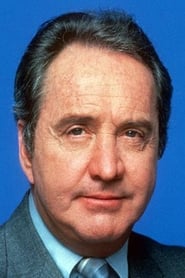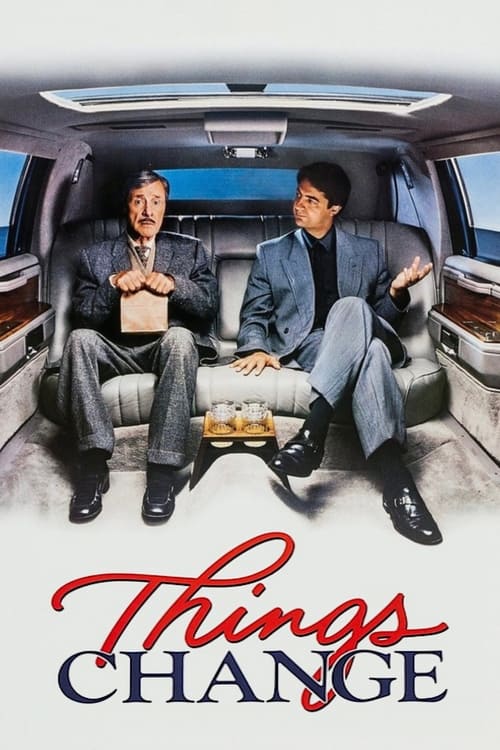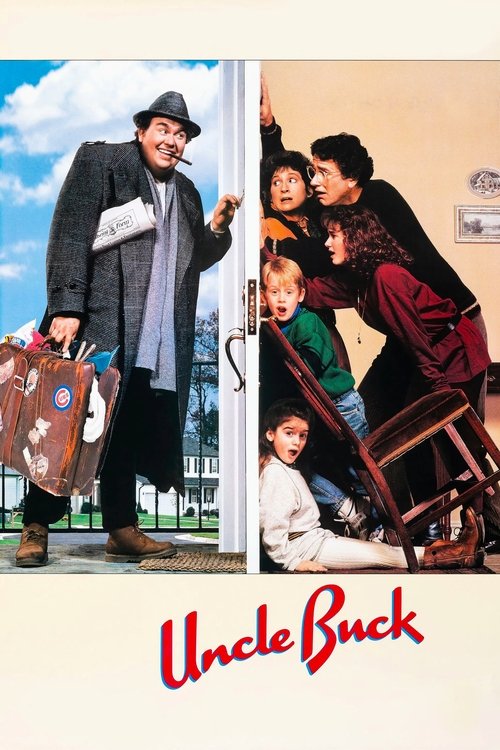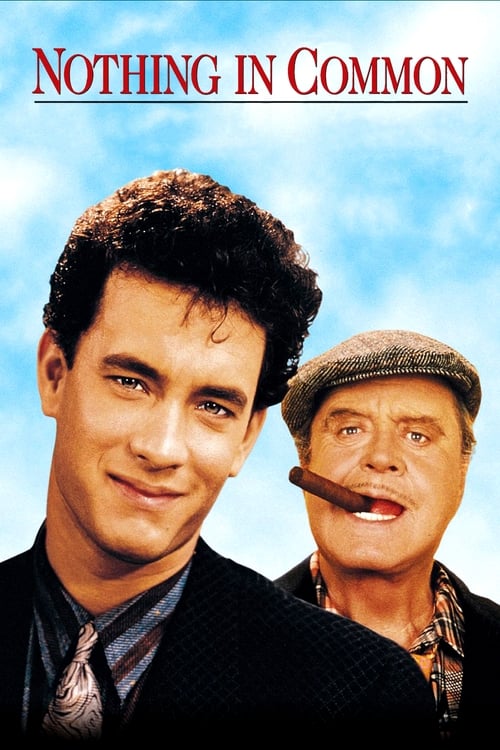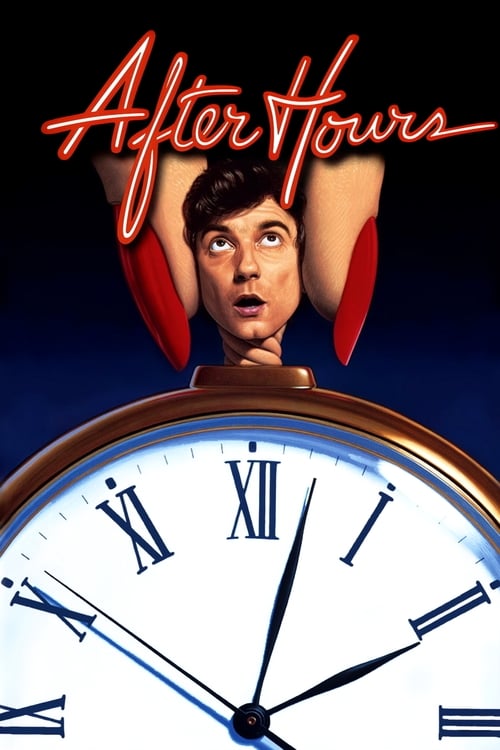
Ask Your Own Question
What is the plot?
Chicago, late evening. The city hums with the energy of a hockey game just ended, but Bobby Barbato, star defenseman for the Chicago team, slips out the back of the downtown arena, avoiding the press and the adoring crowds. He's used to the spotlight, the women, the easy life, but tonight he wants solitude. The cold air bites as he walks toward his car, the glow of streetlights casting long shadows across the pavement. He's just about to unlock the door when a group of youths emerges from the darkness, surrounding him. The youngest, an 11-year-old named Louis DeLeon, steps forward, his voice shaky but defiant, begging for money. Bobby hesitates, but before he can react, the older boys close in, fists raised. They're not professionals, but they're desperate.
Bobby fights back, his hockey-trained reflexes kicking in. He knocks several of them down, scattering the gang. Only Louis remains, caught by Bobby's grip. "Rape!" Louis screams, trying to scare him off. Bobby, unfazed, retorts, "You don't watch it, it'll be homicide!" Louis, realizing he's outmatched, gives up Bobby's address, and Bobby, determined to teach the kid a lesson, throws him into his car and drives off.
The car pulls up to a modest walk-up apartment in a poor neighborhood. Bobby drags Louis inside, demanding to see his mother. Denise DeLeon, Louis's mother, is furious, her eyes blazing with anger and fear. She's a strong, ambitious woman, but life hasn't been kind. Bobby, despite his initial bravado, is struck by her presence. There's a moment of tension, then a flicker of something else--curiosity, maybe attraction. Bobby leaves, but the encounter lingers in his mind.
Over the next few weeks, Bobby finds himself drawn back to the DeLeons. He visits Louis, trying to understand the boy's world. Louis, initially hostile, begins to open up, revealing his struggles and dreams. Denise, too, starts to see a different side of Bobby, one that's not just about fame and fortune. Their relationship deepens, moving from suspicion to friendship, then to something more.
But the past isn't easily left behind. Louis's former gang, led by a menacing figure named Wright, begins to threaten both Louis and Denise. Bobby, now protective, steps in, using his influence to keep them safe. The tension builds as the gang's threats escalate, culminating in a confrontation at a party at Wright's suburban home. Louis, trying to fit in, gets drunk and causes a scene. Wright, condescending and cruel, mocks Louis, pushing Bobby to his limit. In a fit of rage, Bobby breaks Wright's nose, sending a clear message: he won't let anyone hurt those he cares about.
The stakes rise further when Denise is assaulted by gang members, a traumatic event that shakes Bobby to his core. He realizes that his involvement has put them in danger, but he also knows he can't walk away. He takes Louis to Wright's home for protection, ensuring the boy's safety. The party scene, with Louis's drunken outburst and Bobby's violent response, is a turning point, marking Bobby's transformation from a self-centered athlete to a protective guardian.
As the film reaches its climax, Bobby's character arc is complete. He agrees to bankroll Denise's travel agency business, a gesture that goes beyond romance to partnership and responsibility. The final scenes show Bobby and Denise's relationship solidified, built on mutual respect and shared goals. Louis's future is implied to be more hopeful under Bobby's influence, a testament to the power of second chances and the impact of genuine connection.
The film ends on a note of cautious optimism, with Bobby, Denise, and Louis standing together, facing the future with a sense of hope and determination. The city lights of Chicago twinkle in the background, a reminder of the challenges they've overcome and the possibilities that lie ahead.
What is the ending?
In the ending of "Touch and Go," the protagonist, a Chicago-based hockey player named Jack, confronts the criminals who have kidnapped his wife, while also dealing with the emotional turmoil of his family life. The climax unfolds with a tense showdown, leading to a resolution where Jack's determination and love for his family prevail, ultimately allowing him to rescue his wife and restore a sense of normalcy.
As the film approaches its conclusion, the tension escalates. Jack, portrayed by Michael Keaton, is driven by desperation and love for his wife, who has been taken hostage by a group of criminals. The scene shifts to a dimly lit warehouse where the kidnappers are holding her. Jack, fueled by adrenaline and fear, devises a plan to infiltrate the location.
He arrives at the warehouse, his heart racing, the weight of his family's safety pressing heavily on his shoulders. The atmosphere is thick with suspense as he stealthily navigates through the shadows, his breath quickening with each step. He recalls the moments of joy with his wife, the laughter they shared, and the life they built together, which intensifies his resolve.
Inside the warehouse, the kidnappers are shown in a chaotic state, arguing amongst themselves, their greed and desperation palpable. Jack observes them from a distance, his mind racing with strategies. He knows he must act quickly; time is running out. The camera captures his internal struggle, the conflict between fear and determination etched on his face.
As he makes his move, the scene erupts into chaos. Jack confronts the kidnappers, and a physical altercation ensues. The fight is raw and visceral, showcasing Jack's athleticism and grit. He fights not just for his wife but for the life they have together, the love that binds them. The cinematography emphasizes the intensity of the moment, with close-ups of Jack's determined expression and wide shots of the struggle, highlighting the stakes involved.
In the midst of the confrontation, Jack manages to reach his wife, who is terrified but relieved to see him. Their reunion is brief but filled with emotion, a testament to their bond. However, the danger is far from over. The kidnappers, realizing their plan is unraveling, become increasingly aggressive. Jack's protective instincts kick in, and he fights with renewed vigor, determined to ensure his wife's safety.
The climax reaches its peak as Jack, with a combination of skill and sheer will, overpowers the last of the kidnappers. The scene is frenetic, with the sounds of struggle echoing in the warehouse, punctuated by the heavy breathing of both Jack and his wife. Finally, as the last kidnapper is subdued, Jack and his wife embrace, relief washing over them.
The film concludes with Jack and his wife leaving the warehouse, hand in hand, the weight of their ordeal slowly lifting. They step into the light, symbolizing hope and the promise of a new beginning. The emotional toll of the experience is evident on their faces, but there is also a sense of resilience. Jack's journey has transformed him; he has faced his fears and emerged stronger, more committed to his family than ever.
In the final scenes, the couple is shown returning home, where they are greeted by their children. The warmth of family life envelops them, a stark contrast to the chaos they just endured. Jack's character arc is complete; he has fought for his family and, in doing so, has reaffirmed the importance of love and unity. The film closes on a hopeful note, emphasizing the strength found in family bonds and the lengths one will go to protect those they love.
Is there a post-credit scene?
The movie "Touch and Go," produced in 1986, does not have a post-credit scene. The film concludes without any additional scenes or content after the credits roll. The story wraps up with the main characters resolving their conflicts, and the ending provides a sense of closure without any further revelations or comedic moments typical of post-credit scenes in other films.
What motivates the character of Jack to get involved in the kidnapping plot?
Jack, played by Michael Keaton, is initially a carefree and somewhat reckless man who enjoys his life as a hockey player. However, when his family is threatened by a group of criminals who kidnap his wife, he is propelled into a desperate situation. His motivation shifts from a laid-back lifestyle to a fierce determination to protect his family, showcasing his deep love and commitment to them.
How does the character of Ellen react to her kidnapping?
Ellen, portrayed by Anne De Salvo, experiences a range of emotions during her kidnapping. Initially, she is terrified and feels helpless, but as the situation unfolds, she exhibits resilience and resourcefulness. Her internal struggle is palpable as she balances fear with a desire to protect her children and find a way to escape.
What role does the character of Detective McGowan play in the story?
Detective McGowan, played by John McMartin, serves as a crucial ally to Jack in the search for Ellen. He embodies the law enforcement perspective, providing a sense of urgency and professionalism. His character is motivated by a desire to solve the case and bring the kidnappers to justice, while also trying to reassure Jack during the chaotic events.
How does Jack's relationship with his children evolve throughout the film?
Throughout the film, Jack's relationship with his children is tested by the kidnapping. Initially, he is somewhat distant, focused on his career and personal life. However, as he fights to rescue Ellen, he becomes more emotionally available and protective, realizing the importance of family. This evolution highlights his growth as a father and his commitment to being there for his children.
What tactics does Jack use to confront the kidnappers?
Jack employs a mix of cunning and bravery to confront the kidnappers. He uses his knowledge of hockey to outsmart them, leveraging his physical skills and quick thinking. His determination to save Ellen drives him to take risks, including infiltrating the kidnappers' hideout and using unexpected tactics to gain the upper hand, showcasing his transformation from a carefree athlete to a desperate husband.
Is this family friendly?
"Touch and Go," produced in 1986, is a comedy film that features some elements that may not be considered family-friendly. Here are some potentially objectionable or upsetting aspects:
-
Violence and Threats: The film includes scenes where characters are threatened or involved in violent situations, which may be unsettling for younger viewers.
-
Language: There are instances of strong language and adult humor that may not be suitable for children.
-
Adult Themes: The film touches on themes of crime and kidnapping, which could be distressing for sensitive viewers.
-
Mature Situations: There are moments that involve adult relationships and situations that may not be appropriate for a younger audience.
-
Emotional Tension: The film contains scenes of high emotional stakes, including fear and anxiety, which could be upsetting for some viewers.
Overall, while "Touch and Go" has comedic elements, its content may not be ideal for children or those who are sensitive to such themes.








